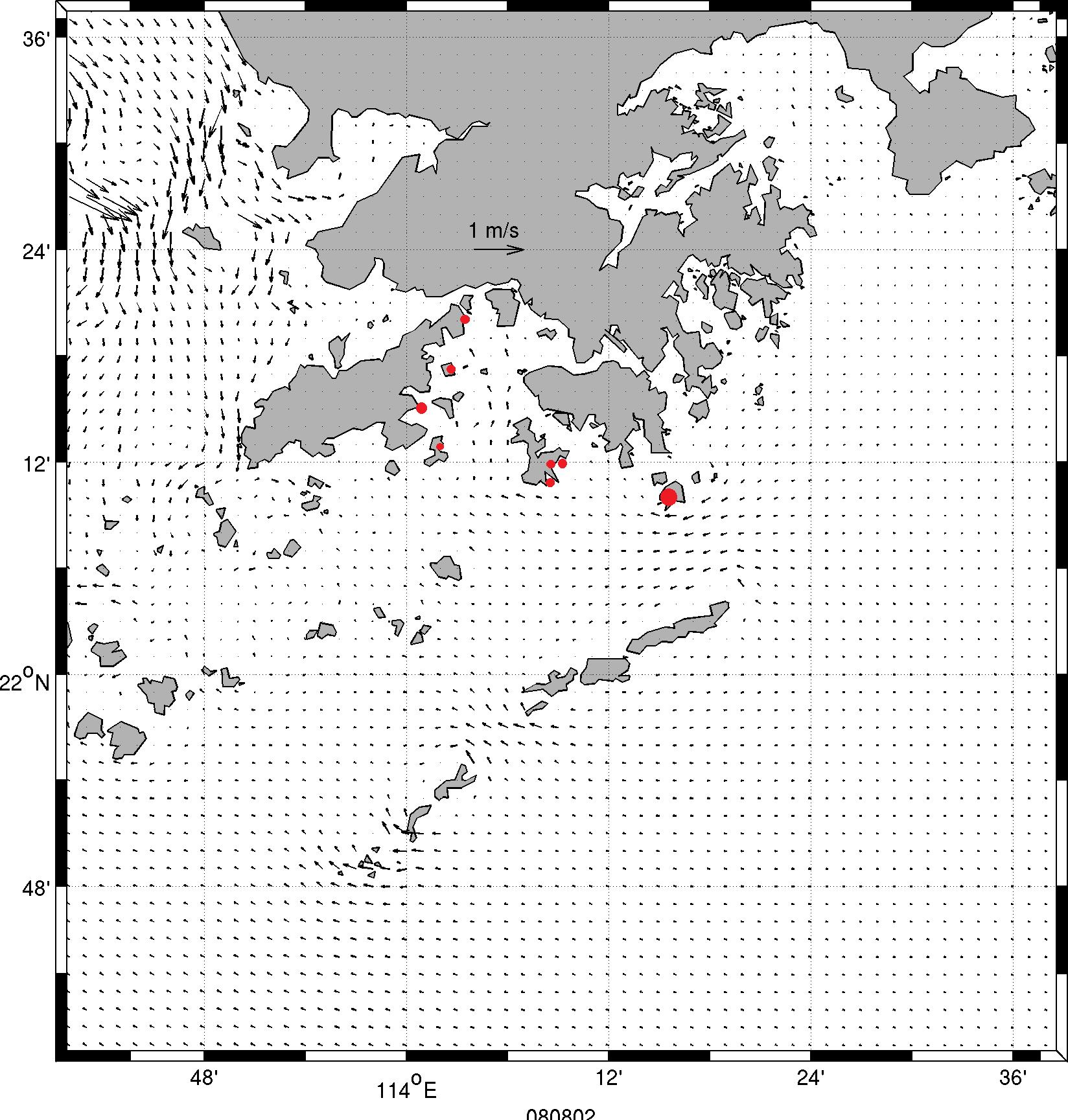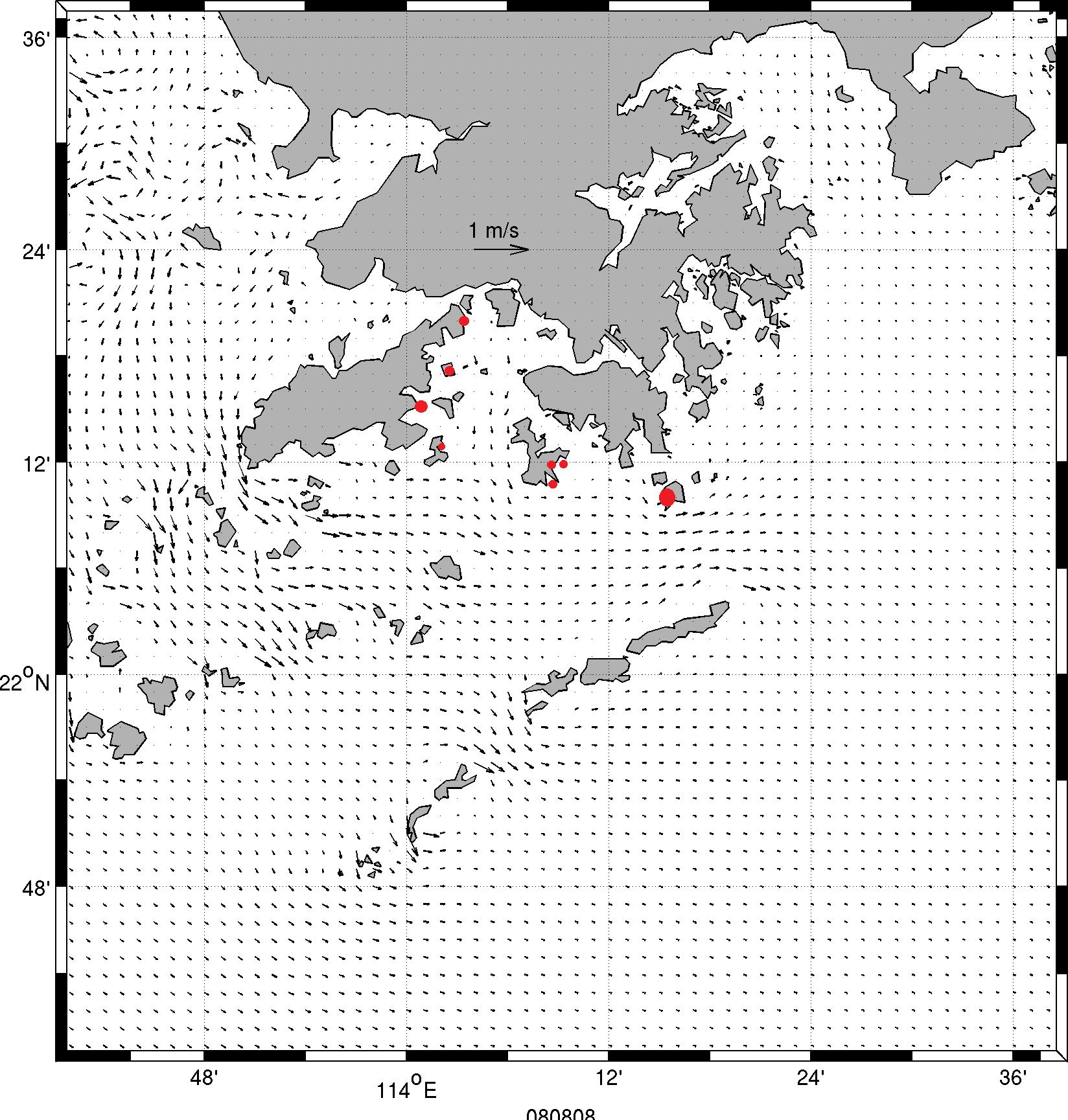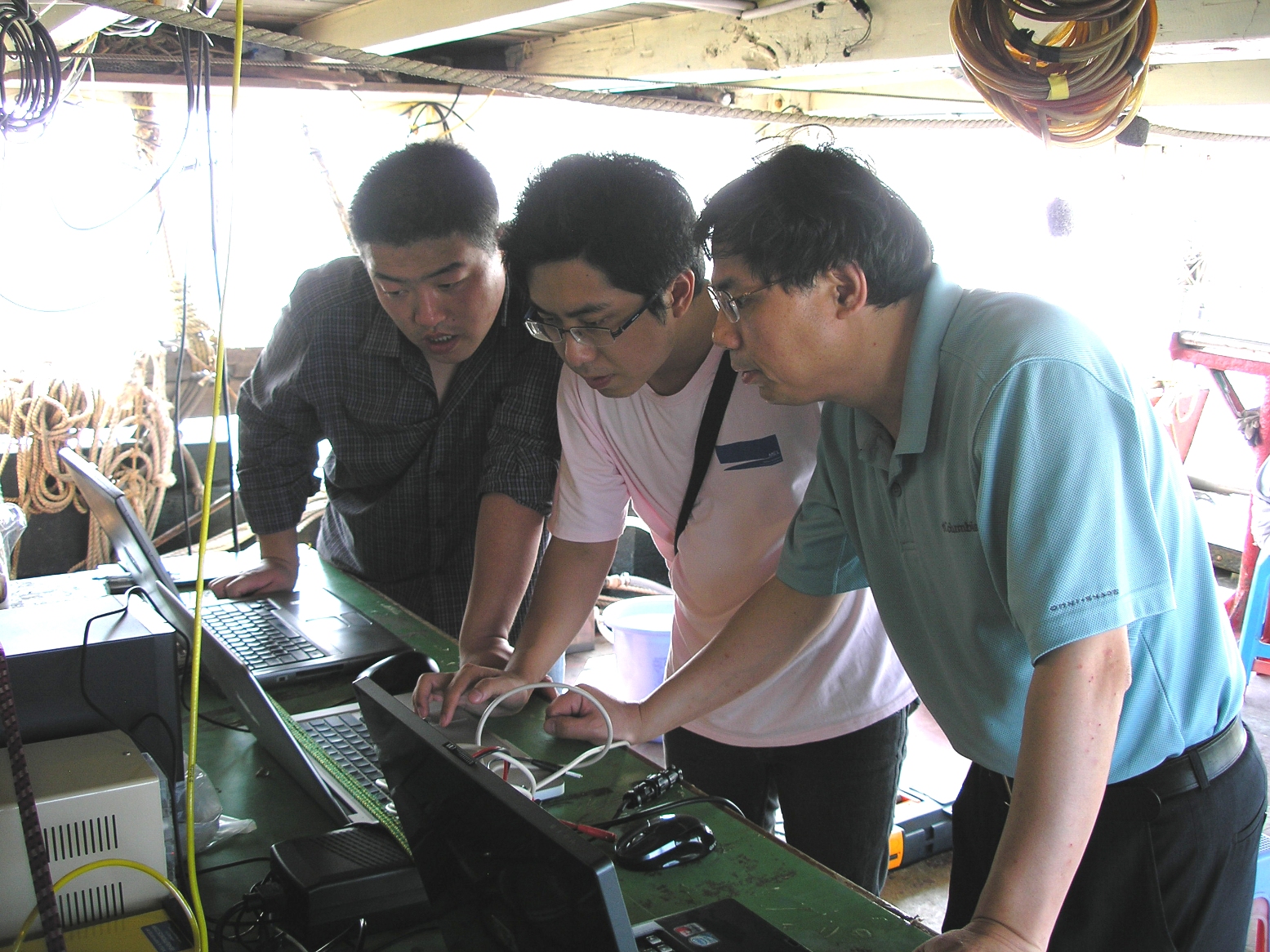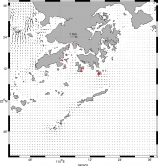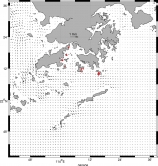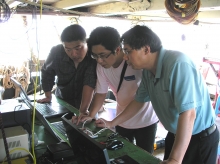CUHK
News Centre
CUHK ISEIS Supports Government Departments in Pellets Clean-up
The influence brought by the recent typhoon Vincente on July 23 has not ended. During that day, 150 tonnes of polypropylene pellets were blown into the sea. Despite clean-up operations by government departments and volunteers during the past few days, more than half of the plastic pellets are yet to be cleaned up (up to August 9), according to the source from Agriculture, Fisheries and Conservation Department. Although the pellets are non-toxic, and Sinopec has vowed to devote HK$10 million for the clean-up operation, the issue is still under great concern since the pellets will become toxic after they absorb toxic substances in seawater.
Prof. Pan Jiayi of the Institute of Space and Earth Information Science (ISEIS) of The Chinese University of Hong Kong (CUHK) is making use of a newly developed system to assist the clean-up operation. Through a service system based on numerical prediction of the marine environment, Professor Pan can predict the speed and direction of currents and waves in the surrounding sea area of Hong Kong. The predicted time of occurrence of high and low tides of the system matches with that of southern Hong Kong recorded by the Hong Kong Observatory. Professor Pan pointed out that the drifting of pellets is controlled by currents and tides, and the present and predicted locations of the pellets can be calculated by monitoring the changes of ocean surface current. Professor Pan will update the prediction of seawater currents, as well as the drifting and distribution of the pellets in the coming days.
ISEIS has sent the data to Hong Kong Observatory and Marine Department to support the recovery measures. ISEIS will keep contact with government departments in coming weeks to minimize the influence to fisheries and marine ecology. ISEIS will provide prompt update on new pellets information.
The project ‘Development of a Fine Forecasting System for Coastal Ocean Dynamic Environment’ led by Professor Pan is funded by the Hong Kong Innovation and Technology Fund (ITF). It can precisely predict different dynamic ocean environment parameters for the surrounding sea area of Hong Kong, providing government departments important information for marine environment protection to prevent and combat against hazards in ocean.


